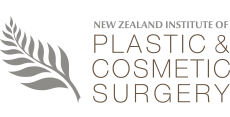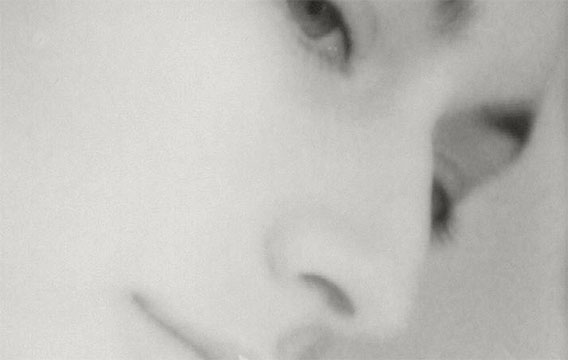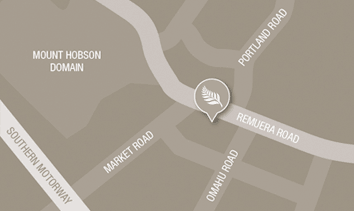Our Plastic Surgeons
Skilled and experienced plastic surgery experts
All four specialists are New Zealand trained plastic and cosmetic surgeons with a vast surgical experience over many years and many thousands of patients.
Frequently Asked Questions
Is this for me?
There is no specific age that is best for eyelid surgery although most candidates are in their mid-thirties upwards. If droopy eyelids run in your family you may opt for earlier surgery. There are many factors that determine the overall result, but on average you can expect the positive results of your eyelid surgery to last six to ten years on average.
Your eyes will look fresh, with a smoother improved eyelid contour. And of course it can also work wonders for your self-esteem and confidence.
What are the first steps?
Before meeting with a surgeon, you may want to discuss your expectations and concerns with one of our specialist nurses. She will give you information about this procedure and discuss what is involved in detail including post operative care and recovery. She will show you photographs of patients who have had this surgery to help you understand what can be achieved.
During your consultation, our NZIPCS surgeon will ask you about your medical history (especially in relation to visual problems and thyroid disease), current medications, allergies, and any known history of scarring.
He will examine your eyelids and assess skin quality and looseness, muscle tone and activity, the distribution of orbital fat, and the shape of surrounding bony structures.
Photographs are taken before and after your surgery to plan the procedure and to record your results.
What does eyelift surgery involve?
Under anaesthetic general or local anaesthetic the excess skin in the upper lid is removed, muscle is tightened, and excess orbital fat removed. The incisions are closed, leaving only a fine scar that lies in your natural crease line.
In Asian people this fold is absent, but can be created by a procedure termed supratarsal fixation, which Europeanises the Asian eyelid. If eyelids are droopy (ptosis), this also can be corrected by shortening the muscle that raises your upper eyelid.
If lower eyelid fat is to be removed without skin or muscle adjustment an incision is made in the inner aspect of the lower eyelid and the excess fat removed. This is called a ‘transconjunctival blepharoplasty’.
Your operation will be performed either in our day surgery facility or in hospital.
What is the recovery process?
Immediately after your operation cold pads will be placed on your eyes and you will rest in an upright position to minimize eyelid swelling. Your eyelids may feel tight and sore as the local anaesthesia wears off, but pain is usually mild and easily relieved with pain relief medication.
Bruising and swelling varies from person to person. It is usually maximal in the first three days and settles over seven to 10 days. For a few weeks you will need to lubricate your eyes regularly with ointment or drops.
Will there be any scarring?
This procedure creates very minimal visible scarring. The upper eyelid scar lies in your natural crease line, usually 8 mm–12 mm above the eyelash line. The lower eyelid scar lies just below the eyelashes and may extend out onto the crows’ feet line for about 1 cm.
Your scars may remain slightly pink for some months, but should eventually fade to a thin, nearly invisible white line.
How much will an eye lift cost?
If you would like to know more about plastic surgery pricing, please view our Pricing page for an indication of what could be expected. You can also request a brochure or contact us for a personal consultation.
Request a complimentary consultation
Meet with our nurses for a complimentary, no obligation cosmetic surgery consultation to discuss procedures, processes and costs




